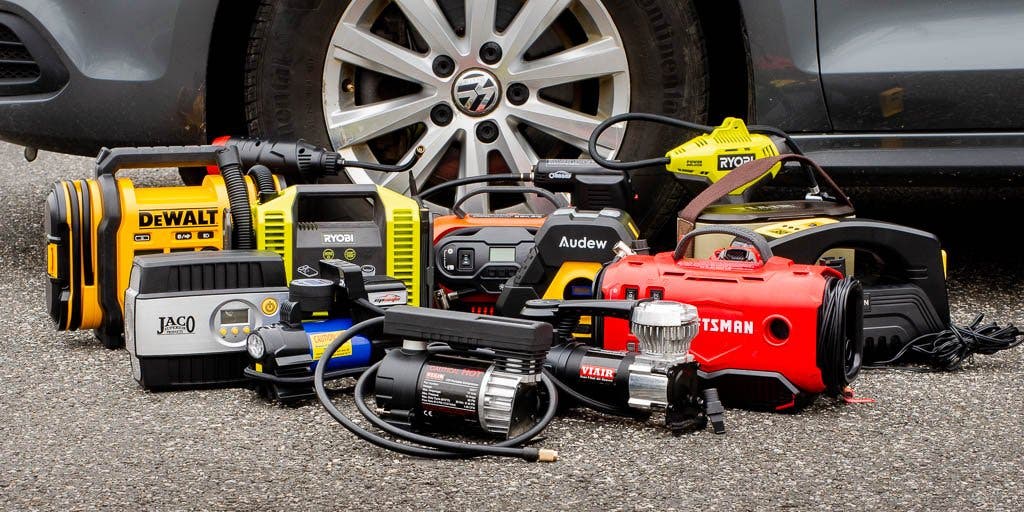Can All-Wheel Drive Car Be Towed Safely: Expert Guide
Yes, it is possible to tow an all-wheel drive car on its wheels by disengaging the driveshaft. This should only be done by a trained mechanic to prevent any negative impact on the drivetrain. Towing an all-wheel drive car without disengaging the driveshaft can cause damage to the vehicle. It is recommended to use a flatbed tow truck to securely tow an all-wheel drive car without the wheels spinning. This ensures that no additional damage is caused during the towing process. Disengaging the driveshaft is a complex procedure and should be done carefully to avoid any potential damage to the car. Understanding All-wheel Drive (awd) Vehicles Towing an all-wheel drive car is possible, but you would need to disengage the driveshaft, which should be done by a trained mechanic to avoid any damage. Alternatively, using a flatbed tow truck is the easiest and safest option to avoid any additional damage during the towing process. Understanding All-Wheel Drive (AWD) Vehicles Definition And Functionality Of All-wheel Drive Cars All-wheel drive (AWD) is a type of drivetrain system in which power from the engine is sent to all four wheels simultaneously. Unlike front-wheel drive (FWD) or rear-wheel drive (RWD) vehicles, AWD vehicles provide power to all wheels, resulting in improved traction and handling. This can be particularly beneficial in challenging road conditions such as snow, ice, or off-road terrains. Key Components Of Awd Systems An AWD system consists of several key components that work together to distribute power to all wheels. These components include: Differential: The differential is responsible for distributing power between the front and rear wheels, allowing them to rotate at different speeds when necessary. Transfer case: The transfer case is a gearbox that transfers power from the engine to both the front and rear axles. Drive shaft: The drive shaft connects the transfer case to the front and rear axles, transmitting power to all wheels. Electronic control unit (ECU): The ECU monitors various sensors and controls the distribution of power to the wheels based on factors such as wheel slip and traction. Wheel sensors: These sensors measure wheel speed and provide feedback to the ECU, enabling it to make necessary adjustments to the power distribution. Together, these components ensure that power is efficiently delivered to all wheels, improving acceleration, stability, and overall performance of the vehicle. Towing Options For All-wheel Drive Cars Towing an all-wheel drive car on its wheels is possible, but it requires disengaging the driveshaft, which should only be done by a trained mechanic. This ensures that the spinning of the wheels does not negatively impact the drivetrain. Another option is to use a flatbed tow truck to securely transport the vehicle without causing any additional damage. Towing With All Wheels On The Ground: Is It Safe? When it comes to towing an all-wheel drive (AWD) car, it’s essential to consider the safety and potential risks involved. Many AWD car owners wonder if it is safe to tow their vehicle with all wheels on the ground. Technically, it is possible, but it is crucial to follow the correct procedures to avoid damaging the drivetrain and driveshaft. Towing an AWD car with all wheels on the ground can be done by placing the transfer case in neutral and engaging the four-wheel-down towing feature. This helps ensure that all the wheels spin freely during towing without impacting the drivetrain. However, it’s important to note that this procedure may vary depending on the make and model of the vehicle. Potential Risks Of Towing An Awd Car Incorrectly Towing an AWD car incorrectly can result in significant damage to the vehicle’s drivetrain and other crucial components. It’s vital to understand the potential risks associated with improper towing to ensure the safety and longevity of the AWD car. 1. Drivetrain Damage: Incorrect towing methods can exert unnecessary strain on the drivetrain, leading to expensive repairs. The drivetrain components, such as the driveshaft, differential, and axles, are not designed to handle the stresses and forces experienced during towing. Therefore, towing an AWD car without following the appropriate procedures can cause severe drivetrain damage. 2. Transmission Issues: Some vehicles with manual transmissions rely on a pump to lubricate and cool the transmission. Towing these vehicles in neutral with the drive wheels on the ground can cause damage due to the lack of lubrication. Therefore, it’s crucial to consult the vehicle’s manual or seek professional advice to determine the appropriate towing method for your AWD car. 3. Wheel Misalignment: Improper towing techniques can lead to wheel misalignment, which affects the overall handling and performance of the AWD car. This misalignment can cause uneven tire wear, reduced fuel efficiency, and compromised driving stability. To avoid these issues, it’s essential to use the correct towing equipment or, better yet, opt for professional towing services. 4. Suspension and Brake Damage: Towing an AWD car incorrectly can also put excessive strain on the suspension system and brakes. The suspension components, including the shocks, struts, and control arms, can be subjected to increased stress during towing, potentially leading to premature wear and failure. Additionally, improper towing methods can overheat the brakes, causing damage to the brake pads, rotors, and calipers. To ensure the safety of your AWD car and prevent any potential risks or damage, it’s highly recommended to consult the vehicle’s manual or seek guidance from a trained mechanic or towing professional. They can provide specific instructions and recommendations based on the make, model, and year of your AWD vehicle. Remember, when it comes to towing an AWD car, it’s always better to be safe than sorry. Proper techniques and equipment are essential to protect your vehicle from unnecessary damage and ensure a trouble-free towing experience. Proper Techniques For Towing All-wheel Drive Cars Towing an all-wheel drive car on its wheels is possible, but it requires disengaging the driveshaft, a complex procedure best left to trained mechanics to avoid damage to the drivetrain. Alternatively, using a flatbed tow truck is the easiest and safest option to prevent the
Can All-Wheel Drive Car Be Towed Safely: Expert Guide Read More »



